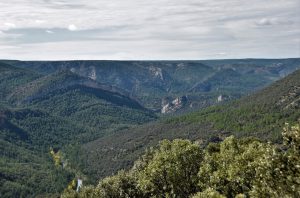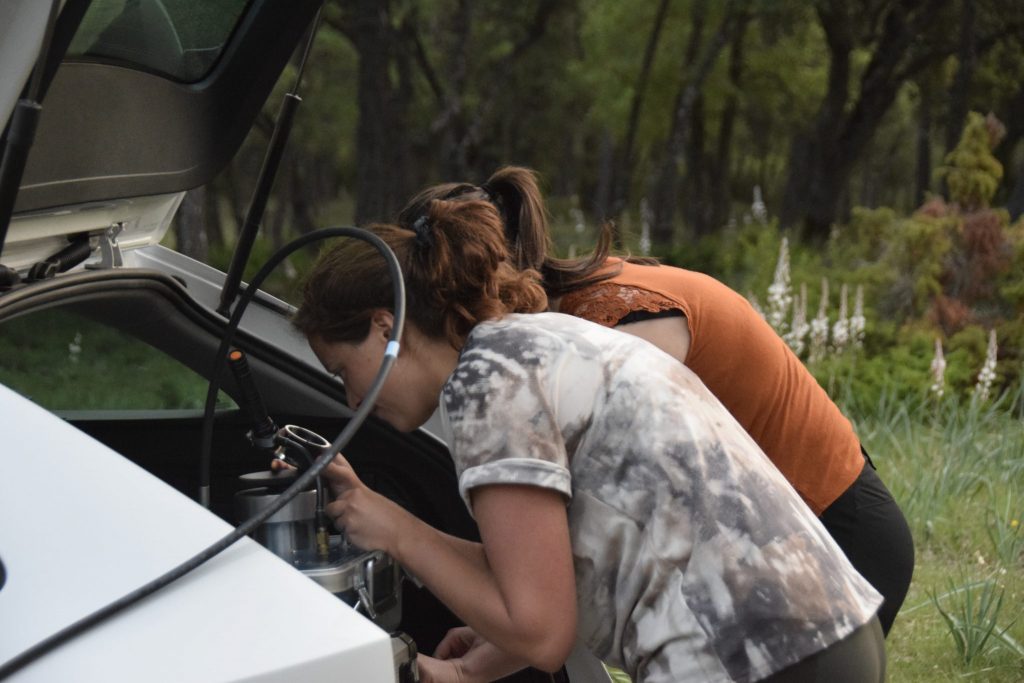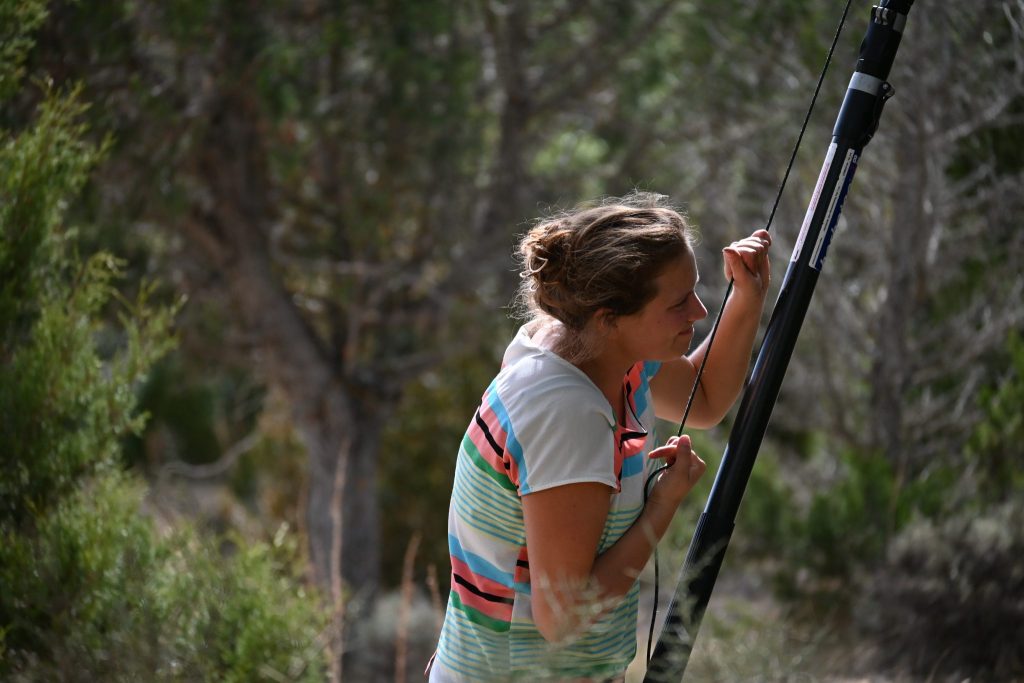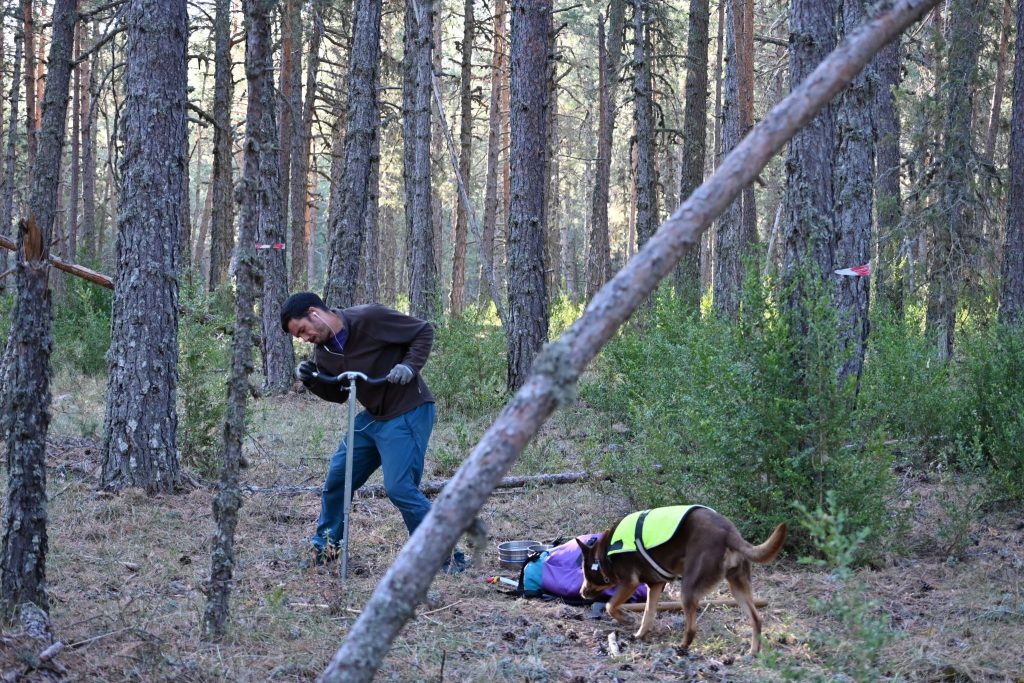This research aims to gain a mechanistic understanding of the role of species interactions on tree physiological responses to heat and drought stress. It combines experimental climate manipulation in open-top chambers on tree seedlings and fieldwork in mature forests in Spain and Switzerland.
Interactions between individuals in forests can modulate their response to abiotic stress. More specifically, favoring species mixtures is often advocated as a “climate-smart” measure to reduce the negative impacts of extreme events on forests. However, the biological and physical mechanisms behind interactions’ effects on tree responses to environmental stress are unclear.
We use a hierarchical cross-scale approach that spans plant physiology, remote sensing, and community ecology to assess the physiological and ecological processes that underpin forest responses to hotter droughts from the leaf- to the ecosystem-level.
Our main objectives are:
- to disentangle the impacts of heat, soil drought, and species interactions on leaf-level carbon and water relations,
- to determine the effect of species composition on forest growth, carbon uptake and water use.




For more information contact Eugénie Mas.